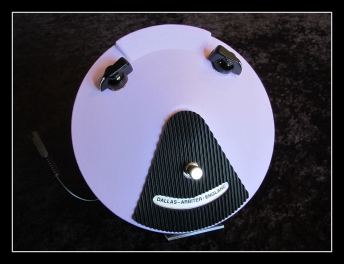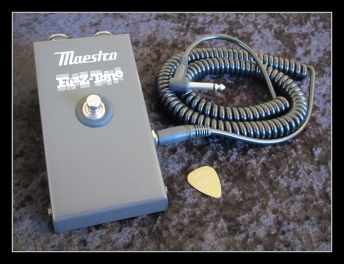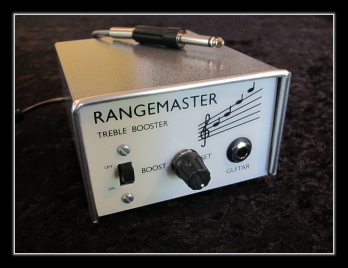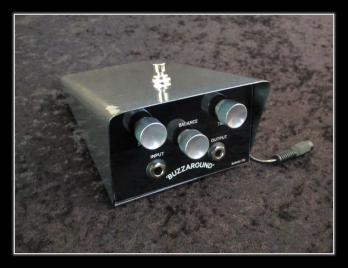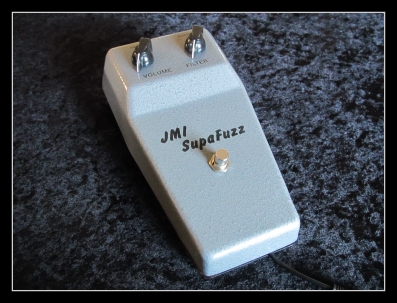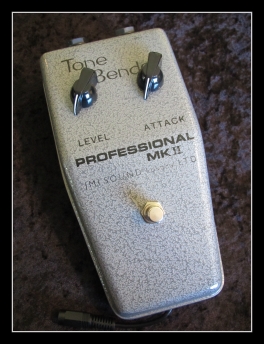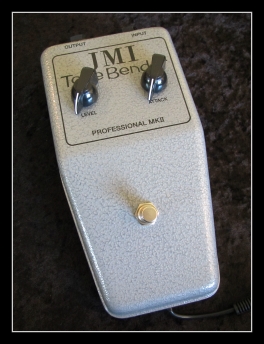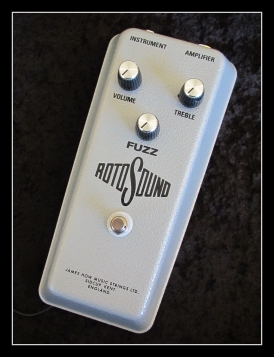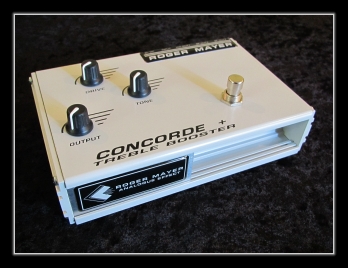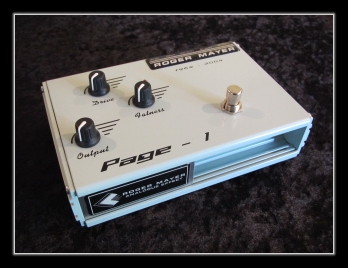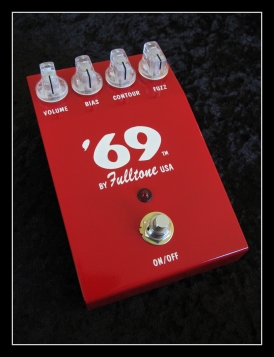About Me
An Artist’s Perspective
Hello . .
My name is Michael. THANK YOU for visiting my website. I assume that you are here because of your interest in guitar effects pedals. As this site is currently being constructed, I will gradually introduce content, such as my own orig. jam-sessions, YouTube videos, gear images, and relative information regarding insight of my recording/ engineering techniques. As well, I will also add external web links to the Official Sites page—so that, if you’re curious to learn more in detail about the gear I give mention to. Likewise, many images of effects pedals provided herein are click-able; thus, enabling access to their relative manufacturer websites. As such, a new browser tab will automatically be created, so that you can easily return to fuzz-effect-sounds-and-more.com. Otherwise, I would like to help familiarize you with some personal history :
I am a California native, born in 1967. As a reclusive youth, my interests involved artwork; mostly, drawing for hours by myself. My mother had reminded me that I would create picture mazes which would essentially, lead the way out. My best friends were that of family members, especially my younger sister Kim.
When I first entered into my high school years, I was introduced to fellow musicians. We would visit each other’s homes, and get to know one an other’s musical interests. Most of us avoided going to school, as we were alternatively, interested in our own creative talents. Ultimately, we all knew we were risking a prosperous financial future for ourselves, being artists.
As for me . . I was in demand for my musical abilities over the years, ever since I had received a 2,000+ standing-ovation during my sophomore year in high school (1983). Moreover, I had then formed a humble 3-piece music group, covering songs which featured one of my guitar heroes, Jimmy Page. As for the standing-ovation, we played the song, “Heartbreaker” (respectively, Led Zeppelin II album). The main difference was that I played the solo-section in my orig. style, and nonetheless . . a standing-ovation was received. Relatively, as I gazed upon the audience, I noticed that the applause was predominantly not coming from fellow students, but instead . . their parents (logically, due to our shared nostalgic interest of the 1960s-1970s era) !
Since that performance was on a Friday, when I reluctantly returned to school on Monday, the students were noticing me as a home town celebrity. I hadn’t actually realized this, until I overheard fellow class members talking about my performance. After each class, and throughout the next two years, students would approach me and request my group to perform for their weekend parties. I accepted their financial offers, in hopes to ultimately create a following. The parties would sometimes become so popular, that police helicopters would hover overhead to control matters. Nonetheless . . week after week, I would receive offers from fellow teenagers to entertain them.
All the while, I was also interested in sound recording more than I was into performing. In fact . . I was only performing as a means to record my music group. Ultimately, I would archive rehearsal sessions and onstage performances. If I then could, I would have chosen to quit performing altogether, so as to become a recording engineer. Otherwise, I did not own proper recording gear; only that of a typical cassette tape recorder. Since I was then unaware of engineering equipment, I continued to improve my recording abilities via microphone placement, recording levels, etc. Eventually, I had met a fellow musician whom was experimenting with a Tascam Porta Studio sound recorder. As result, I had become greatly-enthused; even though, he did not know what he was doing. Nonetheless . . I needed one of those devices, so I traded a (1985) Gibson Flying V for a used Porta Studio (sans its instruction manual). Ultimately, I nearly quit performing on stages, so as to teach myself how to use the device. Thereafter, I had always maintained my interest in sound recording. Whenever I could afford to do-so, I would purchase a different multi-track recorder, microphones, etc. As the years progressed into my late teens, fellow musician friends were losing interest in playing their instruments—in trade for the opposite sex. I myself, am in love with artistic creations and God, so I continued my interest in music-related endeavors.
Also, during my late teens (1987) I was approached to join a music group that performed the Hollywood (Sunset Strip) music circuit. They had become aware of my guitar talent, having overheard me playing in a friend’s garage, where the only remaining local musicians would jam together. For months, those whom wanted me to join would look nowhere else to find a guitar player. I kept politely refusing their requests, until I realized their having cut an independent record—which was sold in select stores. So . . I began to ponder the idea of making more money, as result of their humble success. Ultimately, I “joined” their group; only, I kept telling them not to get their hopes up about becoming a world-wide success, due to so much competition. Being a realistic sort, to me, they were in fantasy. Conversely, I wanted to keep progressing as an independent musician/ producer; uninterested in current trends.
Nonetheless . . this new music group which I had become a part of, soon booked time for recording sessions at a local studio. This particular recording facility was where the likes of many famous 1980s Rock groups would mix-engineer their records. As I am in my own world, I did not as such care—other than the fact, that we could record in a professional studio. That said, after months of rehearsal, and having saved money from working minimum-wage jobs, we found ourselves ready to begin . .
So, there we were in a professional facility. The experience was exciting for a group of young musicians, expecting to hear ourselves well-recorded. Fast-forward to the mix-engineering stage : I was not impressed with the results coming from our so-called engineer/ producer. Rather, I would thus attempt to contribute related suggestions. For example : mix levels, equalization, etc. Of course, I was inadvertently frustrating his ego. As result, after a week-long experience of such, he had given up on us and suggested that I should take over; as long as we could financially afford to do so. Of course, I agreed, and my group members trusted my ability to lead the way—ultimately, due to having improved the sound mix via related suggestion.
When we continued on, our producer had an intern help me with the studio’s professional recording tools (this was an era prior, to Pro Tools software). I was obsessed with achieving an impressive, overall result. So when there was available booking time, we would take the advantage. As time progressed (months later), we ran up a rather expensive bill, which we could not afford to pay all @ once (i.e., we had minimum-wage jobs). Nonetheless . . I was achieving an impressive mix. Relatively, all I was aware of, was that such had a balanced sound; in that, each instrument could be heard prominently in the mix. For example, I did not want the drums to sound small. I wanted them to compete with the guitar, and for the bass guitar to provide warmth—“gluing” the mix together. Moreover, I did not want to conform with the current trend of applying an extreme amount of reverberation; thus, opting for a rather dry sound. I personally, thought that an excess of reverb effect would make the musicians sound unrealistic; choosing to instead, apply analog delay to the guitar signal @ the recording-stage (i.e., via an effects pedal, patched into my guitar amplifier’s effects loop). Otherwise, reverb was fine on the drums to provide greater depth, as long as such was not overt. The bass guitar signal had been enhanced with compression, so as to blend-in better with the mix. Ultimately, the final mix-engineering stage was a success, and we were each happy (less, our producer’s hurt ego).
The next logical step was to make cassette copies (remember, this was during the 1980s). Moreover, we could not afford the relative mastering process, nor was such available in those days to non-celebrities. Nonetheless . . off we were to the tape reproduction facility, located a “million” miles away. We had dropped-off our reel of mix-engineered tape, and when we came back a week later to pick up our many cassette copies, the owner of the facility wanted to know which studio we had recorded in to achieve such nice results (the owner was in the business of receiving master tapes from well-renown record labels). In response, each of my group members (incl. myself) were beside-ourselves; enthused with pride, pointing to my efforts !
Ultimately, in regard to our professional success as a progressive music group, such was not a success; due to our not fitting-in with the current trend of the era. Again, I am an artist, and I had explained @ the beginning to my band members that they should not get their hopes up of becoming a world-wide success. Moreover, I also tried to make them aware of the fact that if we had become famous, then how long would such last; as the next trends in music would always dominate. So the next trend appeared out of nowhere, and my logic proved itself correct—due to our not being black, and we were not rappers! I suppose the members of my fading music group were in denial of such a reality, and therefore, tried to carry-on with what they had been attempting to accomplish (in frustration, and without my further participation). I, on the other hand, continued to progress with my audio engineering and musical interests—i.e., what’s mentioned on my Blog pages. Otherwise, also having continued with my spiritual interests as well. Incidentally, for those of you who might be interested in learning about my spiritual nature, click here.
Ebooks :
Later . . I will offer for sale Part 1 of a series of self-authored eBooks, in relation to fuzz effects pedals; subsequently, also offering additional volumes regarding other effects types—boost, overdrive, distortion, etc—all via my private, independent collection. Moreover, these tomes of tone will include audio examples, color images, (in most cases) close-up circuit views, and generalized spec. information. Otherwise, said eBooks regarding fuzz effects pedals will additionally incl. generalized historical information as well. For details, please read this site’s eBook advertisement page.
This Website :
The intention of fuzz-effect-sounds-and-more.com is to provide a reference resource; virtually sharing my gear collection, so that readers are made greater-aware of particularly good-sounding (and, in some instances), potentially collectible effects pedals. Otherwise, to also help those whom might benefit from my recording/ engineering techniques. Ultimately, as I continue to build and design this site, I will gradually introduce additional collection-based content—such as blog posts, image galleries, audio, video, and official manufacturer web links for your convenience. The information provided herein, is based upon biased opinion. Please, do your own research.
Come back soon for NEW uploaded content !
Have yourself a successful day surfing the web 🙂
– Michael.
Disclaimer of External Web Links :
EXTERNAL web links are provided as a convenience, and for informational purposes only; they do NOT constitute an endorsement or an approval by fuzz-effect-sounds-and-more.com of any of the products, services or opinions of the corporation or organization or individual. fuzz-effect-sounds-and-more.com bears NO responsibility for the accuracy, legality or content of the external site or for that of subsequent links. Contact the external site for answers to questions regarding its content.
Disclaimer of Copyright and Trademark :
Product names, trademarks, and artists’ names (incl. the names of builders and designers) referred to, and/ or depicted herein are the property of their respective owners, which are in NO way associated or affiliated with fuzz-effect-sounds-and-more.com. Said, names and trademarks are used solely to identify products whose sounds were studied during the audio production efforts for this reference resource. The use of said, names and trademarks does NOT imply any cooperation or endorsement. NO copyright, nor trademark infringement intended. Any errors, omissions or variations in the subject-matter details are unintentional.

This Website & Its Contents :
Copyright © fuzz-effect-sounds-and-more.com

